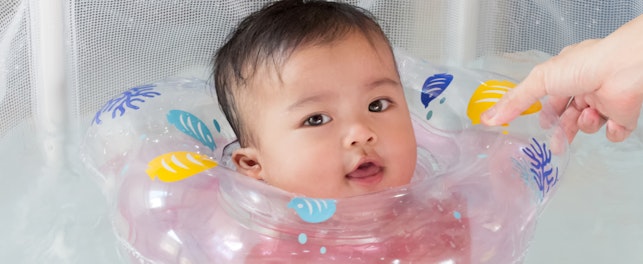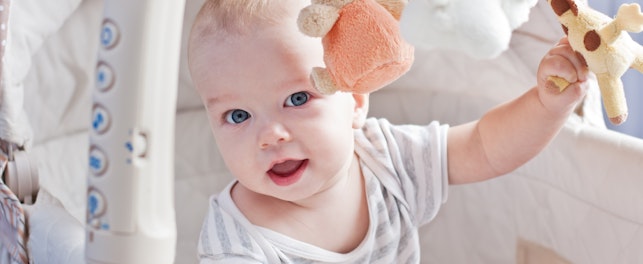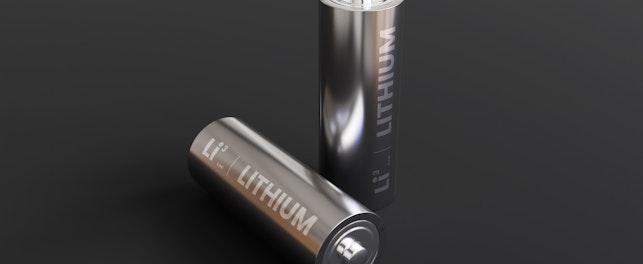Belgium has established requirements for food contact metals and alloys. These became effective on March 15, 2021.
On March 15, 2021, the Belgian Federal Public Service (FPS) Public Health, Food Chain Safety and Environment published Royal Decree of February 17, 2021 (2021/40623 in French and Dutch) to regulate food contact metals and alloys.
The new law contains, inter alia, several important provisions. It:
- Clarifies that the scope applies to coated and uncoated food contact metal and alloy materials and articles in their final state
- Adopts the specific release limits (SRLs) from Council of Europe Resolution CM/Res (2013) 9 ‘Metals and Alloys Used in Food Contact Materials and Articles – A Practical Guide for Manufacturers and Regulators’ by the European Directorate for the Quality of Medicines & Healthcare (EDQM)
- Clarifies that these materials and articles must be manufactured according to Regulation (EC) 1935/2004 (Framework Regulation, consolidated to August 2009), Regulation (EC) 2023/2006 (Good Manufacturing Practice, GMP, consolidated to April 2008) and Belgian Royal Decree of May 11, 1992 on food contact materials and articles (in French or Dutch)
- Requires testing to be conducted using worst foreseeable conditions and in accordance with known national or European test methods on food contact metals and alloys
- Requires the specific release values of a finished product to be expressed in mg/kg on the exact surface area to volume ratio under actual or expected conditions of use. For sheets, films, and flat surfaces that are not yet in contact with food, the migration values are to be expressed in mg/kg based on a surface to volume ratio of 6 dm² per kg of food
- Requires a declaration of conformity (DoC, Chapter 2 to Annex of this Decree) – this is valid for five years if there are no changes in the manufacturing process
The Royal Decree does not specify an effective date. This can be considered as March 15, 2021 – the date of its publication in the nation’s official journal.
Highlights of the specific release limits (SRLs) for 1) metal and alloy components as well as 2) metals as contaminants and impurities in the new Royal Decree are summarized in Tables 1 and 2.
| Royal Decree of February 17, 2021 on Metal and Alloy Materials and Articles Intended to Come into Contact with Food | ||||||||
|---|---|---|---|---|---|---|---|---|
| Item | Name | Symbol | SRL (mg/kg food) | Item | Name | Symbol | SRL (mg/kg food) | |
| 1 | Aluminum | Al | 5.0 | 9 | Molybdenum | Mo | 0.12 | |
| 2 | Antimony | Sb | 0.04 | 10 | Nickel | Ni | 0.14 | |
| 3 | Chromium | Cr | 0.25 | 11 | Silver | Ag | 0.08 | |
| 4 | Cobalt | Co | 0.02 | 12 | Tin | Sn1 | 100 | |
| 5 | Copper | Cu | 4.0 | 13 | Titanium | Ti | --- | |
| 6 | Iron | Fe | 40 | 14 | Vanadium | V | 0.01 | |
| 7 | Magnesium | Mg | --- | 15 | Zinc | Zn | 5.0 | |
| 8 | Manganese | Mn | 1.8 | |||||
| 1Except in the field of application under Regulation (EC) 1881/2006 | ||||||||
Table 1. SRLs for metal and alloy components
| Royal Decree of February 17, 2021 on Metal and Alloy Materials and Articles Intended to Come into Contact with Food | ||||||||
|---|---|---|---|---|---|---|---|---|
| Item | Name | Symbol | SRL (mg/kg food) | Item | Name | Symbol | SRL (mg/kg food) | |
| 1 | Arsenic | As | 0.002 | 5 | Lead | Pb | 0.01 | |
| 2 | Barium | Ba | 1.2 | 6 | Lithium | Li | 0.048 | |
| 3 | Beryllium | Be | 0.01 | 7 | Mercury | Hg | 0.003 | |
| 4 | Cadmium | Cd | 0.005 | 8 | Thallium | Tl | 0.0001 | |
Table 2. SRLs for metals as contaminants and impurities
SGS technical experts have extensive knowledge and testing experience in materials and articles in contact with food. They work to ensure that your products meet the appropriate regulations for food contact materials, paving the way for compliance. From overall migration tests to expert advice on emerging regulations, compliance issues and documentation review, SGS is the partner to trust. In the end, it’s only trusted because it’s tested.
For enquiries, please contact:
Hingwo Tsang
Global Information and Innovation Manager
t: (+852) 2774 7420
© SGS Group Management SA - 2021 - All rights reserved - SGS is a registered trademark of SGS Group Management SA. This is a publication of SGS, except for 3rd parties’ contents submitted or licensed for use by SGS. SGS neither endorses nor disapproves said 3rd parties contents. This publication is intended to provide technical information and shall not be considered an exhaustive treatment of any subject treated. It is strictly educational and does not replace any legal requirements or applicable regulations. It is not intended to constitute consulting or professional advice. The information contained herein is provided “as is” and SGS does not warrant that it will be error-free or will meet any particular criteria of performance or quality. Do not quote or refer any information herein without SGS’s prior written consent.



